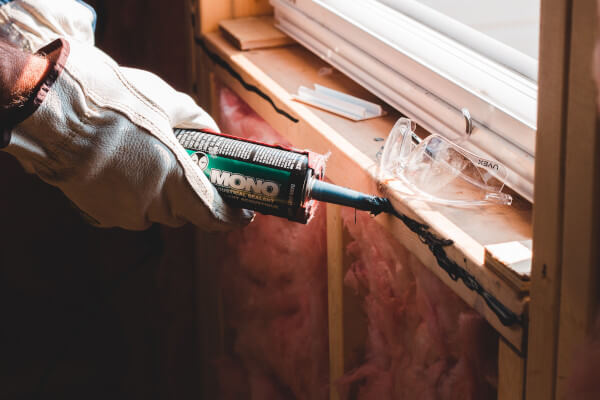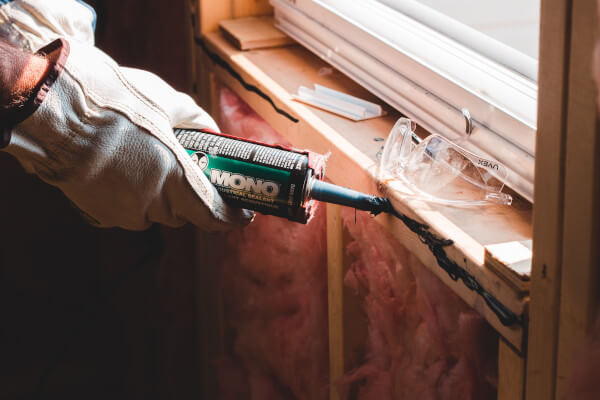Stove Safety Tips for the Holiday Season

>

Thanksgiving is the peak day of the year for kitchen fires. Here are 8 tips protect yourself, your guests, and your property.
The holiday season is a bustling time of year in most kitchens. The host is preparing the bird in the oven and maybe frying something on the range. Guests file in, children play, and the stove goes unattended for minutes as the cook takes a call. Unfortunately, this familiar scenario is the perfect recipe for a dangerous kitchen fire.
Thanksgiving is the peak day of the year for kitchen fires, according to the National Fire Protection Association (NFPA). Almost three times more fires occur on Thanksgiving than on any other day of the year. Last year local fire departments responded to roughly 1.6 million fires. That’s a residential house fire every 19 seconds, resulting in about $11 billion worth of damage.
“Most of these fires involve the kitchen stovetop,” says Lorraine Carli of the NFPA. “The majority of the cooking fires occur because of unattended cooking.” However, residential-kitchen fire safety has come a long way since the days when smoke alarms and fire extinguishers were the only available firefighting tools.
8 Thanksgiving Safety Tips
With some know-how and the right equipment, your holidays can be safer than ever before.
1. Keep an Eye on the Stovetop
Staying in the kitchen while cooking gives you a better chance of stopping potential fires from starting and of reacting quickly if they do. Avoid leaving the room to use the phone.
2. Keep Children and Dangerous Items at a Distance
Keep pets and children at least 3 feet away from the stove at all times. Store anything combustible (fabric potholders, towels, rags, paper food packaging, and so on) away from heat.
3. Know the Oil’s Limits
While some electric range burners can reach 1,400 degrees Fahrenheit, cooking oils can ignite when heated past 700 degrees Fahrenheit. Many kitchen fires start when the cooking oil catches fire in the pan.
The NFPA recommends turning the knob to cut off the heat source and putting a lid over the fire to smother it to combat these fires. “Take the cover for that pan out ahead of time,” says Carli. “In the event there is a fire, you’ll have it ready.”
4. Use Motion Sensors and Technology
You may forget to watch the stove constantly when the doorbell rings or the dog needs to be let out. With its built-in motion sensor, the StoveGuard shuts the power off to your electric range if the device doesn’t detect movement in a specific period of time.
5. Retrofit Your Hood with a Stovetop Fire Stop
Williams-Pyro’s Stovetop FireStop is a dry-chemical fire extinguisher in a can. The 12-ounce cans use magnets to attach to the underside of your hood and release their powder once a stovetop fire’s flames reach the FireStop. Stovetop FireStop runs about $60 for two.
Twenty First Century Fire’s Guardian III system is magnetically held to the underside of the range hood, over gas or electric stoves. Its sensors will detect a fire and the system will discharge a potassium acetate–based chemical for 90 seconds to ensure the fire is out, while simultaneously shutting off the power to the stove. The Guardian III system comes complete with professional installation and costs about $2,000.
6. Control Your Burner
The Safe-T-Element is designed to eliminate kitchen fires by controlling how hot an electric coil range can become. Cast-iron plates attach on top of the burners with clips; each has a sensor that cycles the power on and off so the burner cannot heat up to more than 662 degrees Fahrenheit. The company also notes that the product reduces energy consumption. Safe-T-Element sells for about $160 for a set of four.
7. Keep a Kitchen Blanket on Hand to Smother a Fire
A kitchen fire blanket is decidedly low-tech in its approach. Cover a skillet fire with this fabric (made of the same material found in firemen’s protective gear) to smother it safely; as it puts out the fire, the blanket also cools the flames by letting hot vapors through. The fabric is lightweight, reusable, and safer than a fire extinguisher, which in inexperienced hands can spread a fire. Smilco kitchen blankets run about $34.
8. Call for Help and have Fire Escape Plan
DIYers know when a project is better off left to the pros, and the same logic extends to fire suppression. Small kitchen fires can grow rapidly with flammable materials like cabinetry around.
In these cases, use a fire escape plan and call the fire department from outside. To map an escape plan, check out the NFPA’s Basic Fire Escape Planning site. The NFPA recommends trying to extinguish small, contained fires—anything beyond that should be left to the fire department.
